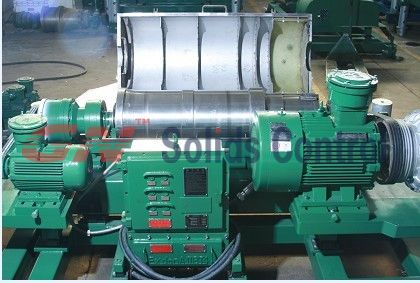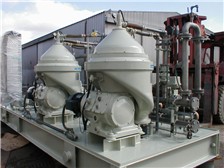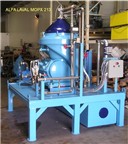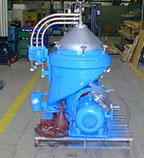A new report released by the dissident group Democratic Voice of Burma alleges that Myanmar has taken steps toward nuclear weapons development. The report is co-authored by former IAEA senior inspector Robert Kelley, and it’s based upon a five-year investigation of documents and
 photos provided by Burmese army defector Sai Thein Win. The evidence is particularly troubling given past accusations that North Korea has provided missile and nuclear technologies to Naypyidaw. Both the DPRK and Burma have always denied these allegations.
photos provided by Burmese army defector Sai Thein Win. The evidence is particularly troubling given past accusations that North Korea has provided missile and nuclear technologies to Naypyidaw. Both the DPRK and Burma have always denied these allegations.The report states that Burma is pursuing several elements of the fuel cycle, as well as missile and bomb prototype development. And, it suggests that the junta is keeping its options open. Scientists are apparently experimenting with laser isotope separation and gas centrifuge technology for uranium enrichment, and the regime reportedly has plans to build or purchase a reactor for plutonium byproduct diversion.
Centrifuges are the easier—though still difficult—of the two aforementioned uranium enrichment technologies to master and could result in the development of a primitive gun-type device. Laser enrichment is probably far too advanced for Burma to master in the near-term, but it’s also relatively easier to conceal than centrifuge plants. The plutonium diversion route requires the creation of a sophisticated implosion device, which probably wouldn’t come easily without outside assistance—say, from Pyongyang.
No one is claiming that Burma is even remotely close to a bomb, but small-quantity laser enrichment and weapon prototypes have no peaceful energy application. If the evidence provided by the defector is legitimate, these types of technologies could offer a clear sign of the junta’s current or past nuclear ambitions. Since the evidence is at least five years old, it is possible that the regime has rolled back elements of its nuclear program in recent years.
There’s no word yet from the IAEA on these allegations. However, in the coming days we should see robust international pressure on the organization to investigate. It will be interesting to see if the junta admits IAEA inspectors to its suspected covert facilities, and if so, the size and scope of the program may have changed quite a bit since the acquisition of the evidence. Myanmar is an NPT member and has signed on to the Southeast Asian nuclear-weapons-free zone. The country has even benefited from IAEA technical cooperation, but it hasn’t concluded an Additional Protocol agreement with the organization.
It’s too soon for serious action, as the international community will want some time to verify the report. But for now, there appears to be a fairly compelling case for ramping up enforcement of the Proliferation Security Initiative with respect to ships bound for Burma.source: bellum.stanfordreview.org












